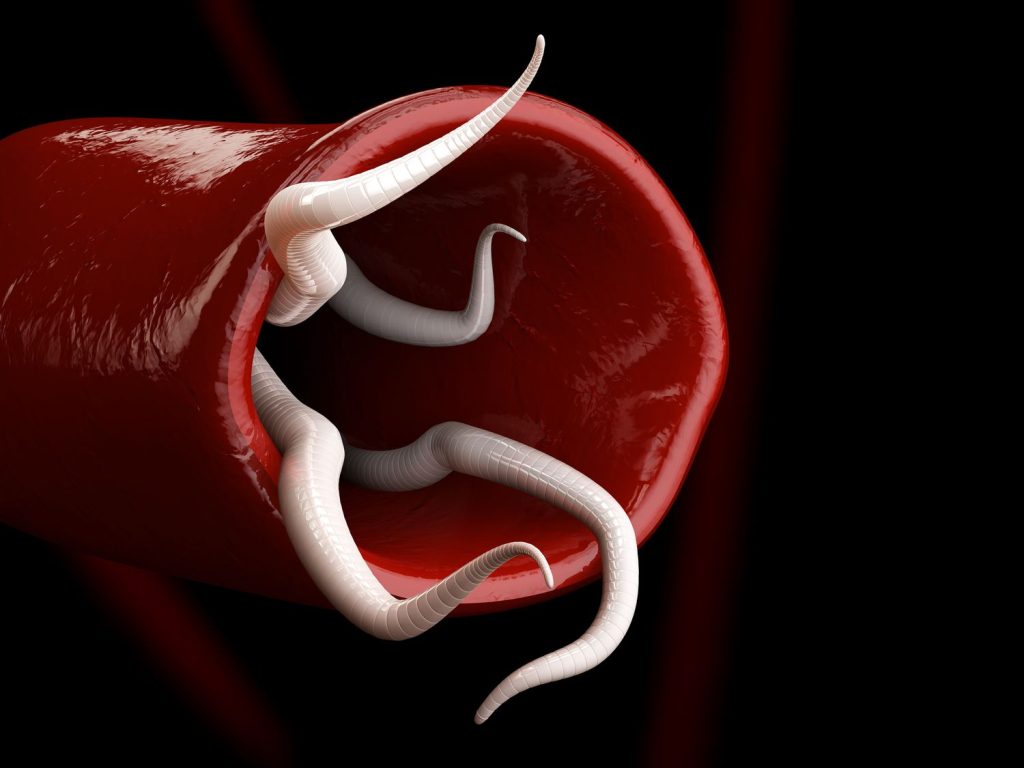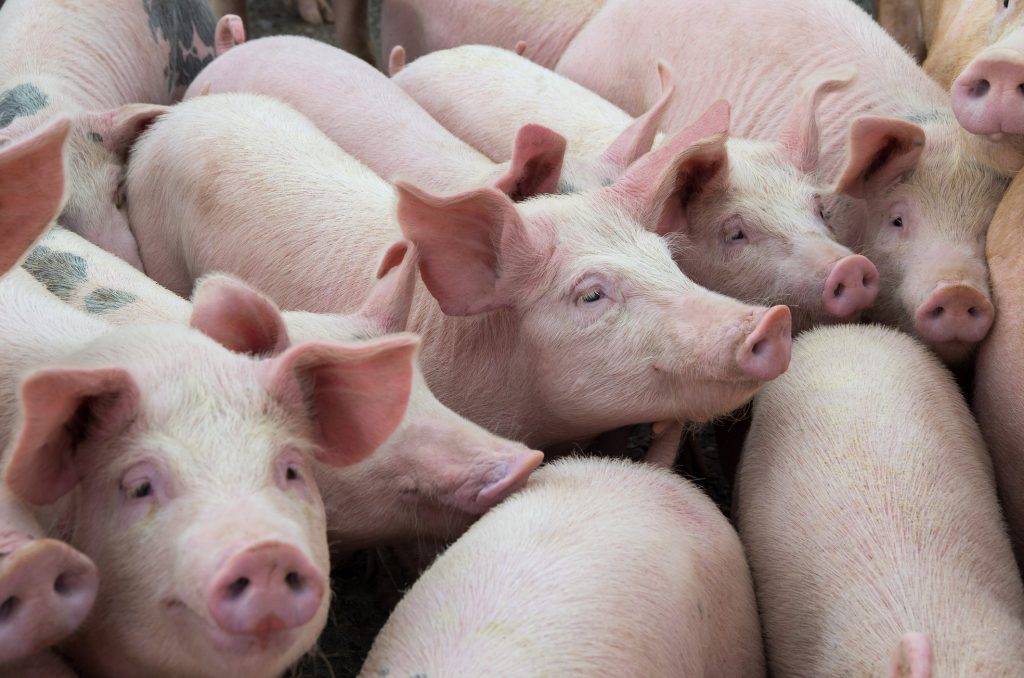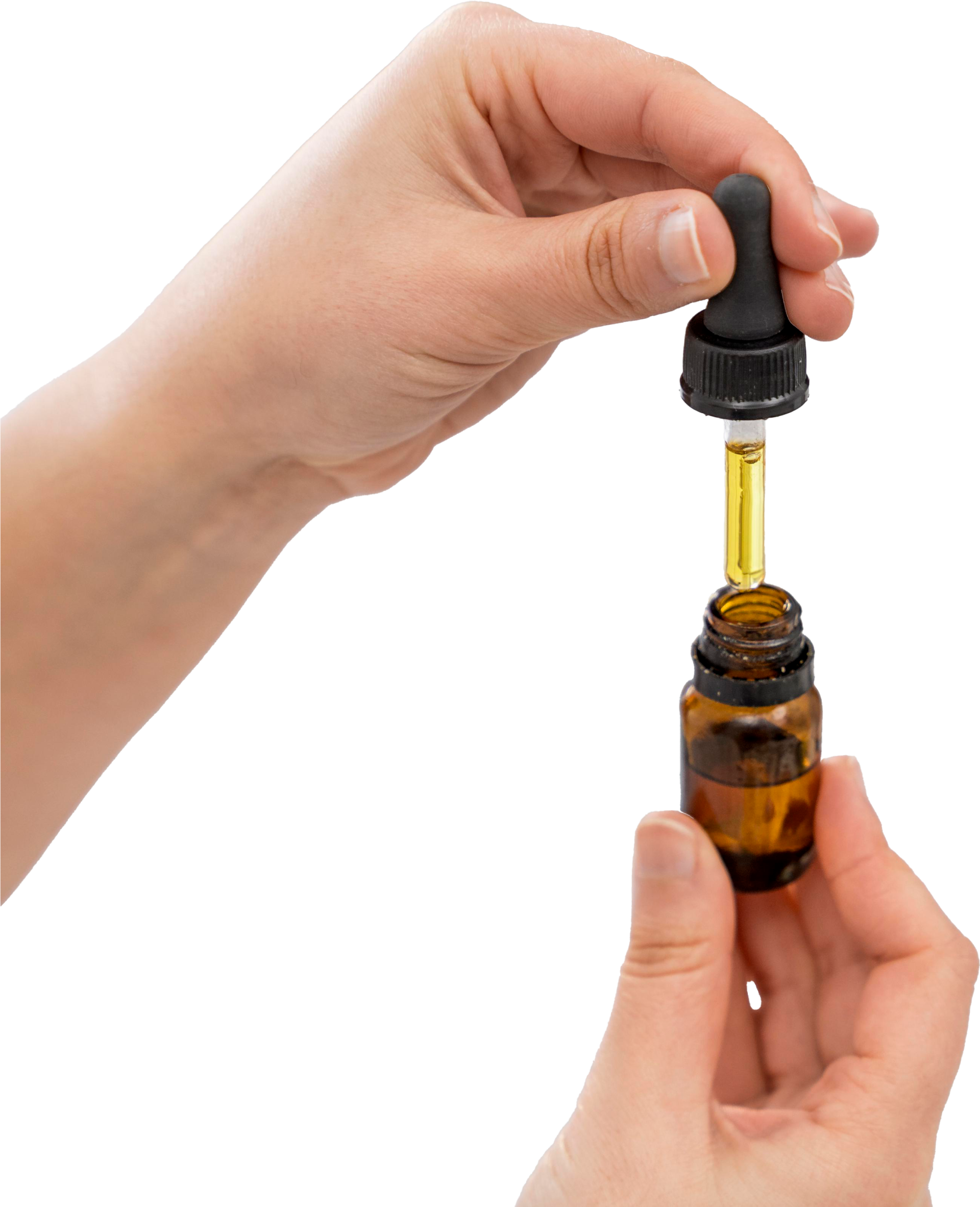
Helminth infections in animals:
Most common parasitic worms
Animals are naturally subject to infection by parasitic worms or Helminths. The majority of Helminths infect the digestive tract but some are also found in other organs, such as the brain, trachea and eye. Not all Helminth infections cause obvious clinical disease. The roundworms (or nematodes) and the flatworms (including cestodes and trematodes) are the two major classes of Helminth. Nematodes are the most studied helminth parasite (90%), followed by cestodes (66%) and trematodes (10%). The most commonly reported and prevalent nematodes species are Ascaridia galli in birds and Ascaris suum in swine. In ruminant, gastrointestinal nematodes, flukes, and the Moniezia cestode are most frequent ones. The prevalence and intensity of helminths infection vary with geographical region and production system from intensive (cages, slatted floor) to extensive breeding (back yard, free range, grazing…), a large proportion of livestock are infected worldwide.
The impact of parasitic worms on
Swine & poultry
In swine, economic losses from Ascaris suum can be due to clinical effects (liver seizure), reduced ADG, FCR and costs of control (e.g. use of anthelmintics). The cost of parasitic worms in swine can range from 5 to 10€/pig. Ascaridia galli can severely impact poultry health and performances. Indeed, laying rate can drop to 15% as eggs mass can be reduced by 5%. In addition, A. galli can transmit deadly infectious bacteria such as Salmonella enterica and Escherichia coli. Last but not least, the withdrawal periods of synthetic treatments leads to huge losses of revenue as eggs couldn’t be sold during several days (EU-legislation 2018/848). Slow grower broiler performances can also be affected. In Europe a recent study shows that annual cost of helminth infections per bovine is estimated at € 1.8 : 81% of this cost was due to lost production and 19 % was attributed to treatment costs. (Charlier et al., 2020).


Strategies for preventing parasitism in livestock:
Biosecurity & natural treatments
In order to prevent parasitism, it’s very important to implement actions aiming at breaking the parasite cycle. First of all, biosecurity! A proper cleaning and disinfecting of housing between batches is essential to break cycle, nevertheless it has a low impact on eggs. In ruminant grazing management is a key step to control digestive-tract strongyle infections. A proper biosecurity management should be combined with efficient infeed treatment. For years, synthetic anthelminthics have been used, nevertheless resistance is increasingly observed. This is why the use of synthetic treatment in the feed is more and more restricted. Recent alternatives have been developed, the use of natural compounds such as terpens and terpenoids have shown their interest. These bioactive compounds penetrate the cuticle of the Helminths by transcuticular diffusion, altering the mechanisms of locomotion, besides causing cuticular lesions (André et al., 2018). The accumulation of terpenes greater tissue damages of worms (Sandhu et al., 2021).

